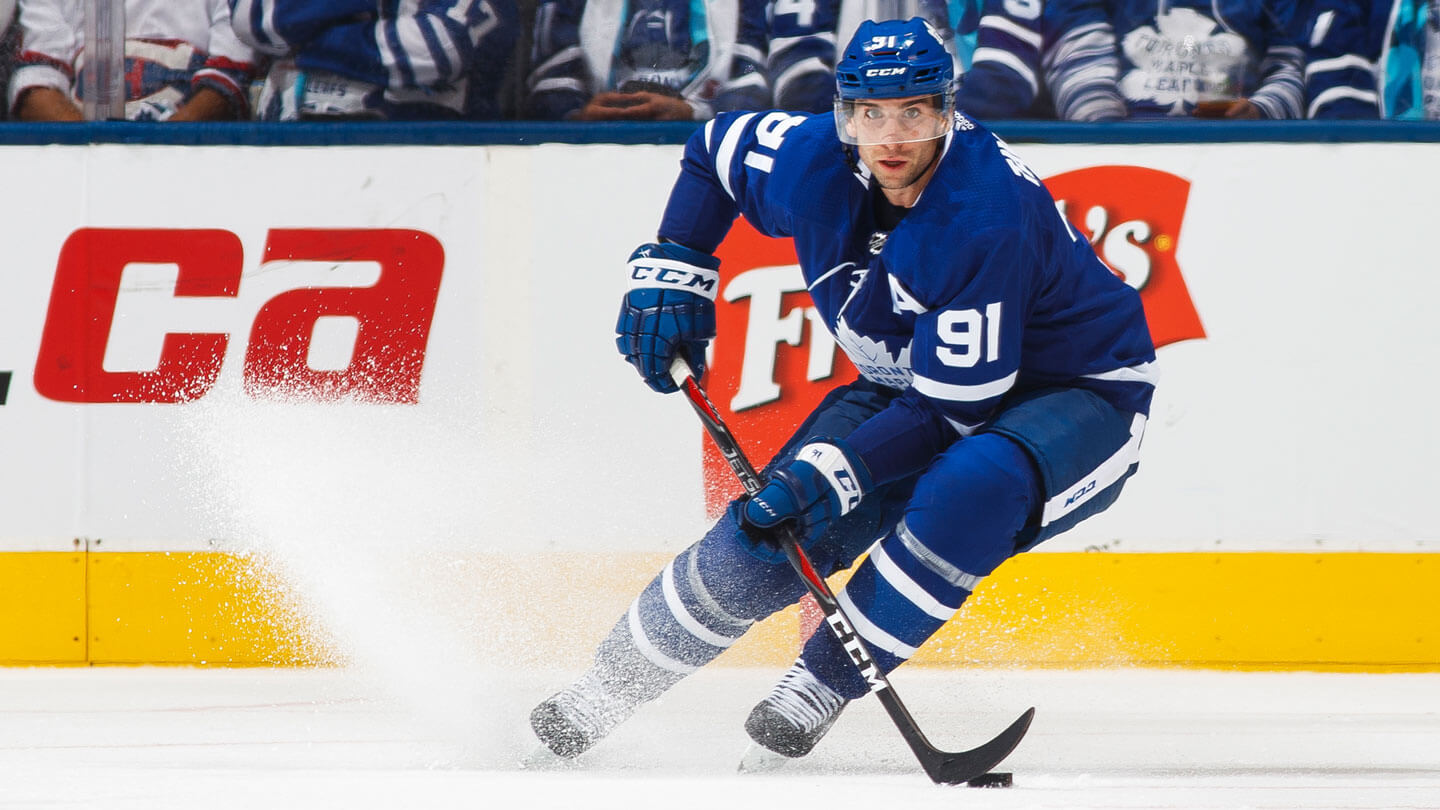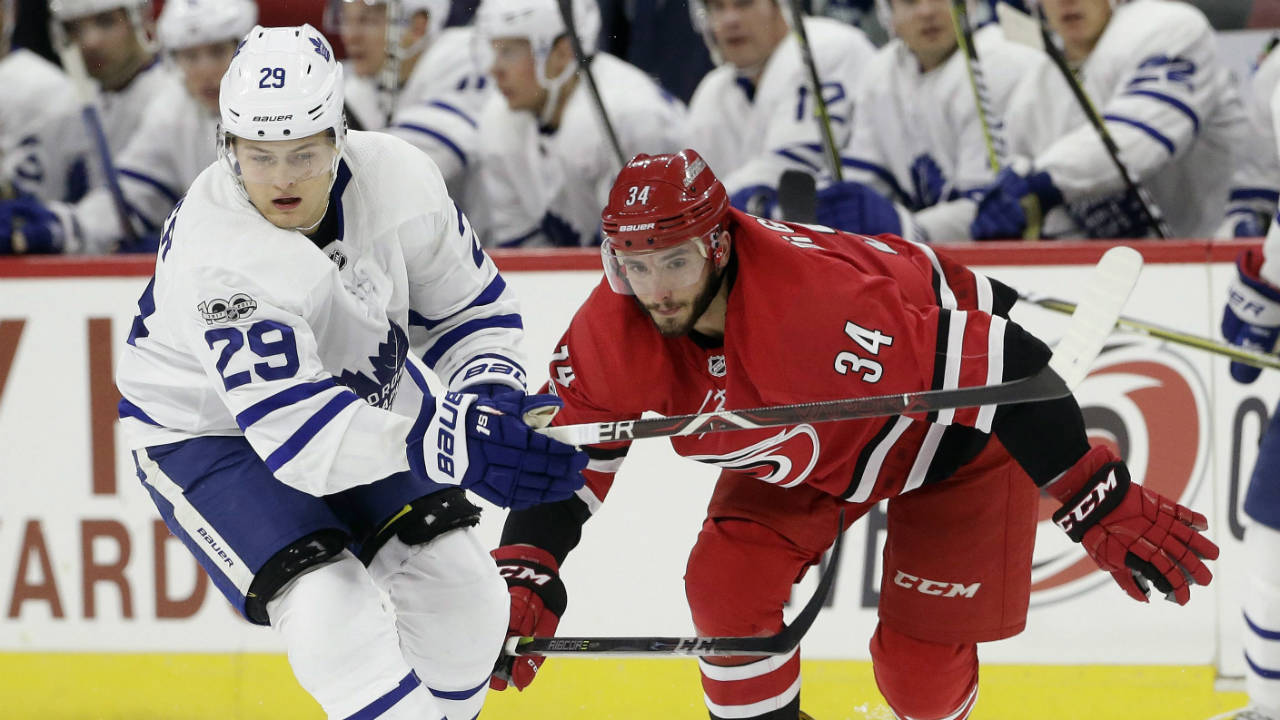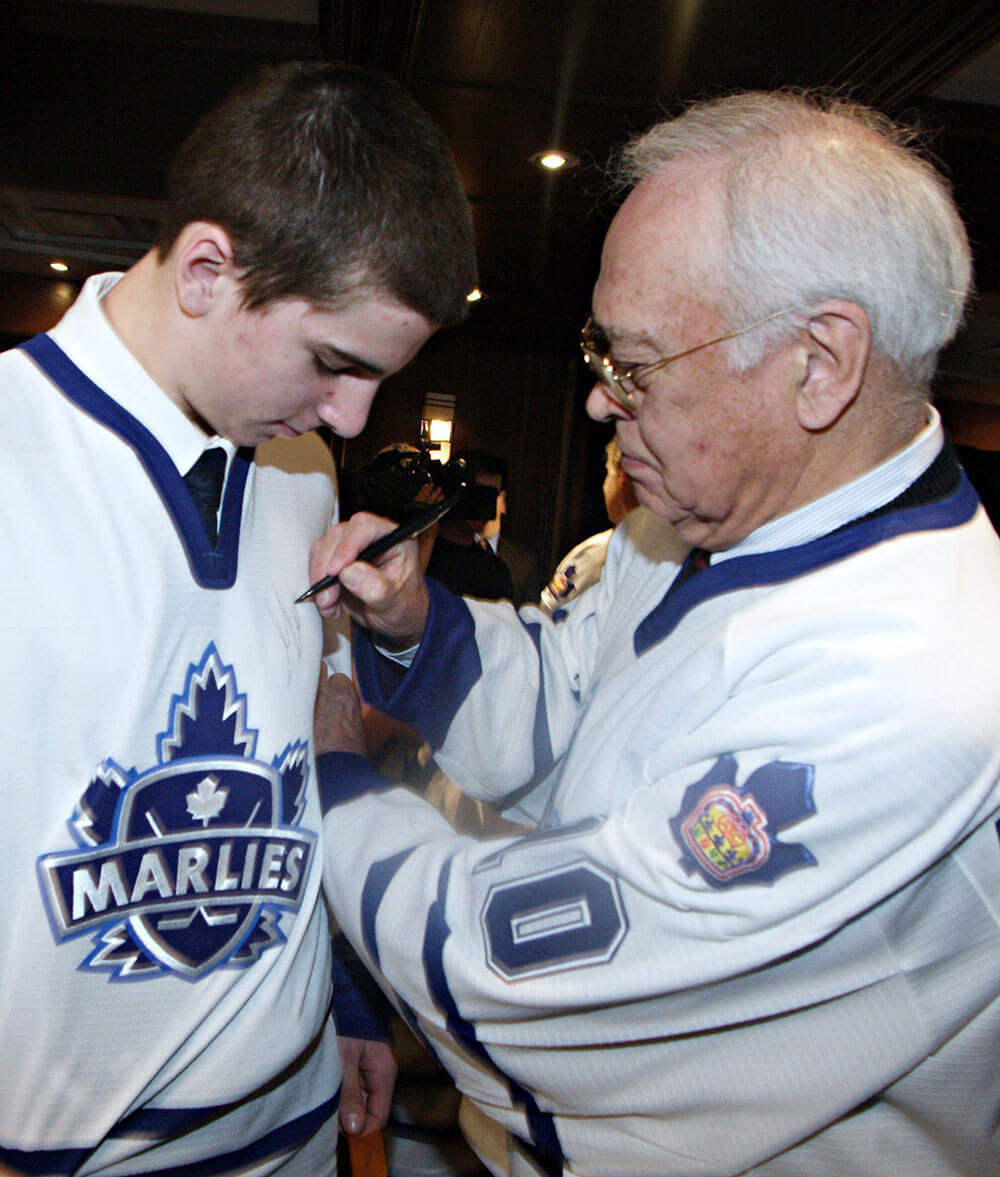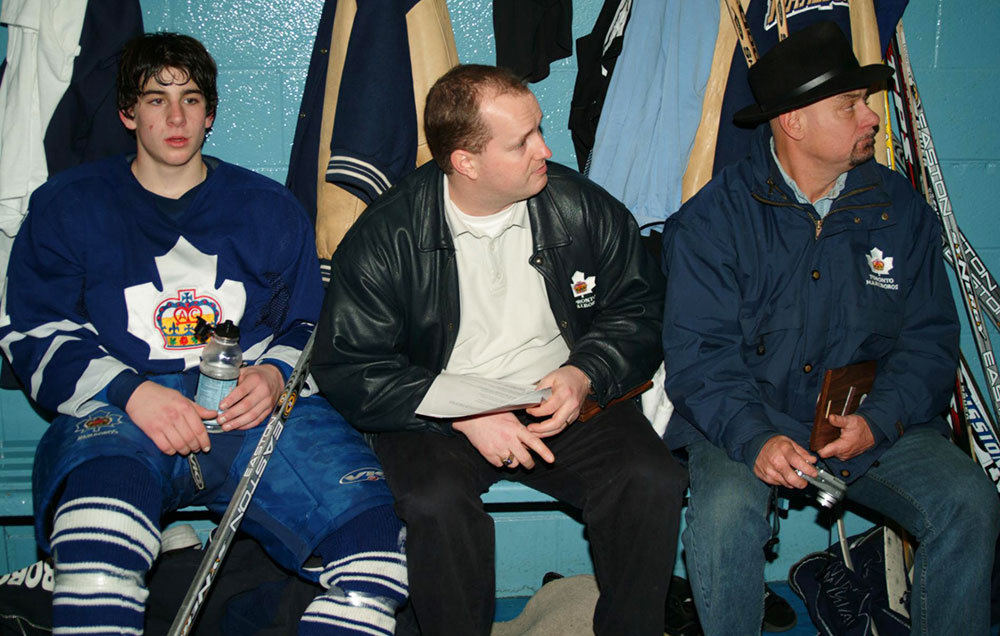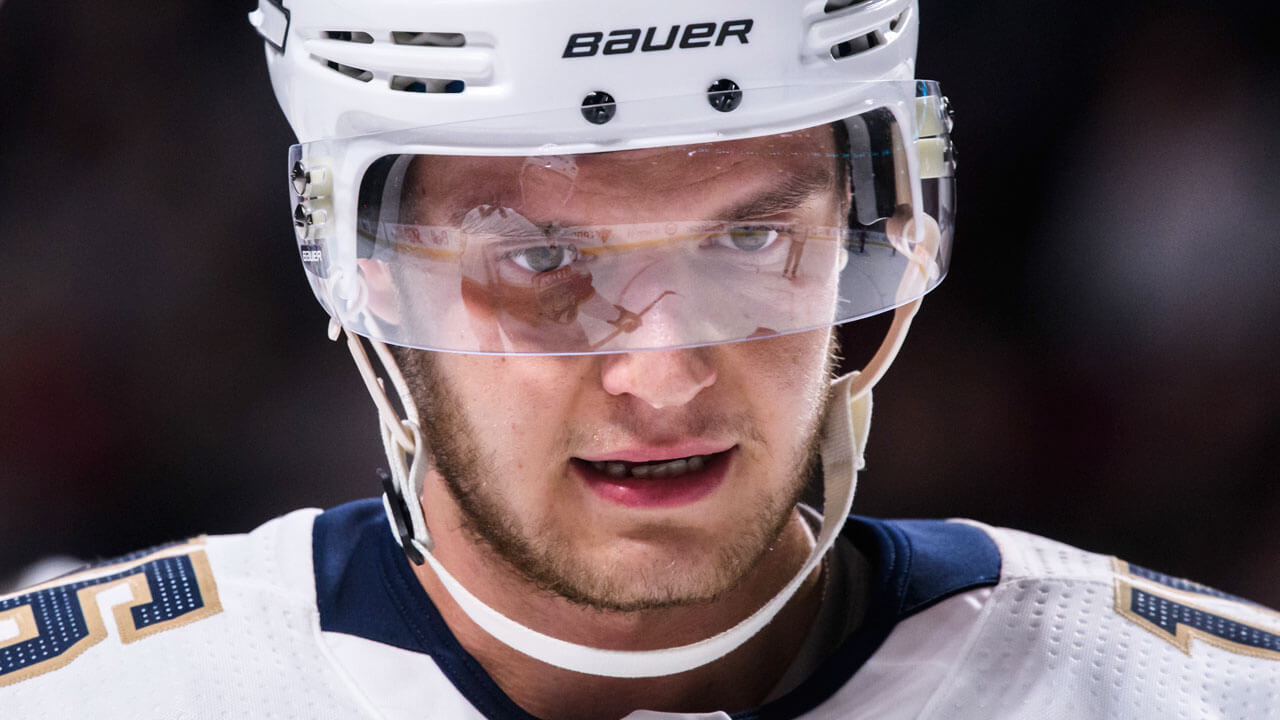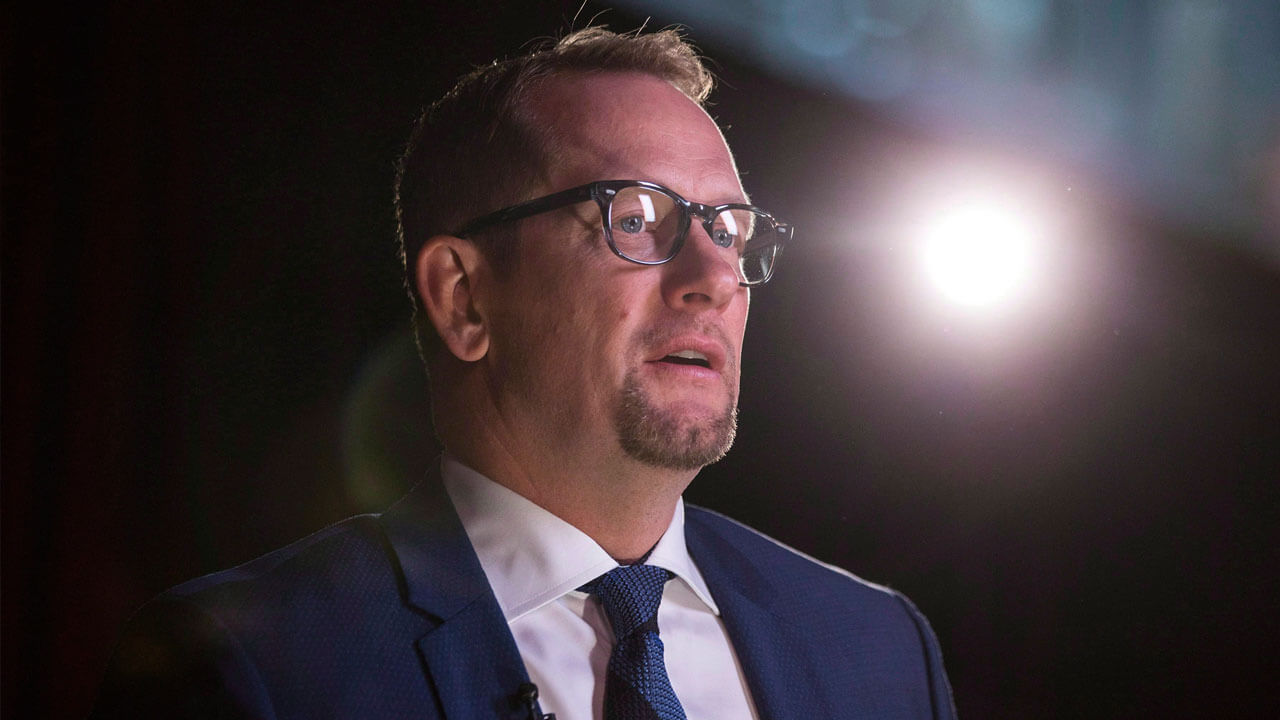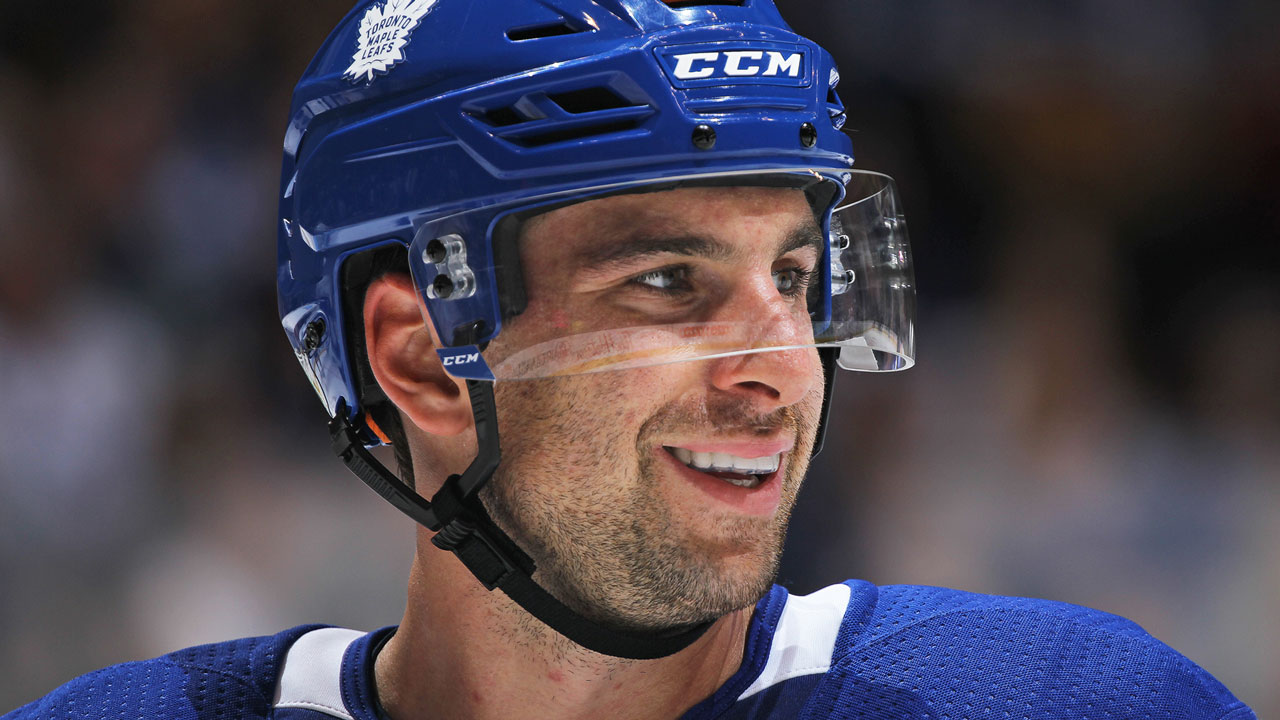With Naylor and Gagner running practices, the team was a baccalaureate program on ice, an enriched course in hockey studies with only A students in the fold. “It was just fun going to the rink, knowing that you had a chance to learn something and become a better player because of it,” Tavares says. “It was a great environment. As coaches, James and Dave were tremendous teachers of the game. With Dave’s career, you had to give him complete respect and attention — he knew the game and knew how to pass on the knowledge. And it wasn’t always a long process. You would come away from practice with something to work on individually with skills and something else to use as a team. They also loved the game and taught us to respect it.”
Naylor and Gagner didn’t have any special program, per se, no heavy-duty off-ice regimen, no long, gruelling on-ice sessions. In fact, they only practiced twice a week. Only years later did the players fully appreciate just how much the coaches were able to pack into those sessions. “Dave would have us doing D-to-D hinges, stuff that in peewee or minor bantam, other teams just couldn’t even think about,” Steve Tarasuk says. “It’d be asking too much of kids, even really good AAA players. But we could do it and, yeah, I think that really ran through the team, the idea that we could think the game at a level higher than the rest of the kids. And Dave was way ahead of everyone in the way that he thought of the game. Way ahead of analytics, he preached puck protection. He told us that even if we gained the [opponents’] blue line on the rush, don’t force things, don’t be afraid of throwing the puck back to the D and start all over again. Stuff that’s a given in the NHL now, but he had us doing that 13 years ago.”
[snippet id=4269123]
Naylor and Gagner are reluctant to claim too much credit and point to the independent study that their players took on. After practices or games, the players in the west end would congregate at the Gagners’ Oakville home to play shinny — upon retirement from the NHL, Dave Gagner went into the business of designing and installing private rinks and his family’s backyard sheet became the players’ home away from home. Tavares was the most frequent guest but virtually all the players came out. During the week, out of consideration to the neighbors, the players observed a 10 o’clock curfew, though shinny with a dozen players might run until midnight on a weekend. Says Sam Gagner: “The rink was only big enough for three-on-three, but we’d get a lot of lines going and it was a lot of fun.”
Suffice it to say that for every 50-minute practice with the coaches the players put in several hours of time fooling around on the ice, playing one-on-one in an endless loop. “Sam and I pushed each other to become better,” Tavares says. “He had the drive to be a great player. He had energy that was just infectious. As a linemate, I had to raise my game to play with him and [in the backyard] I had to match up against him.”
Says Cody Goloubef, who also grew up not far from Tavares and Gagner: “We spent hundreds of hours back there every winter. We couldn’t get enough of the game. I’m sure it helped a lot with developing our games but I also think it just brought us that much closer as friends and teammates. I think it’s fair to say that you’re tighter with players at that age than you are with teammates in college or junior or as a pro.”



